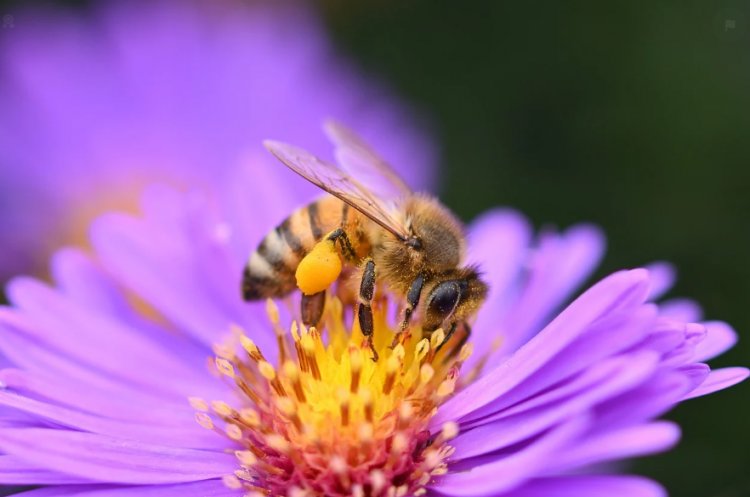Effects of Bee Stings on Humans
When a bee stings, it injects venom into the skin, causing pain, redness, swelling, and itching at the sting site. While most reactions are mild and subside quickly, some individuals may experience severe allergic reactions, including anaphylaxis, which requires immediate medical attention.
Treatment of Bee Stings
Prompt treatment is essential to alleviate symptoms and prevent complications. Remove the stinger immediately, clean the area, and apply a cold compress to reduce pain and swelling. Over-the-counter antihistamines and pain relievers can help relieve itching and discomfort. Individuals with bee sting allergies should carry an epinephrine auto-injector and seek emergency medical assistance if needed.
Prevention of Bee Stings
Several preventive measures can reduce the risk of bee stings, including wearing protective clothing, remaining calm around bees, avoiding disturbing beehives, and securing food and drinks outdoors. Consulting with an allergist or beekeeping expert can provide personalized advice on prevention and management.
Conclusion
Bee stings, while often mild, can be severe for individuals with allergies. By implementing preventive measures and knowing how to respond to bee stings, we can minimize risks and coexist safely with bees. Respecting bees' habitats and adopting precautionary practices can help us maintain harmonious interactions with these essential pollinators.
Short Tail Keywords: Bee sting effects, Bee sting treatment, Bee sting prevention
Long Tail Keywords: Effects of bee stings on skin, Natural remedies for bee stings, How to treat bee stings at home, Preventing allergic reactions to bee stings, Importance of wearing protective clothing around bees






















